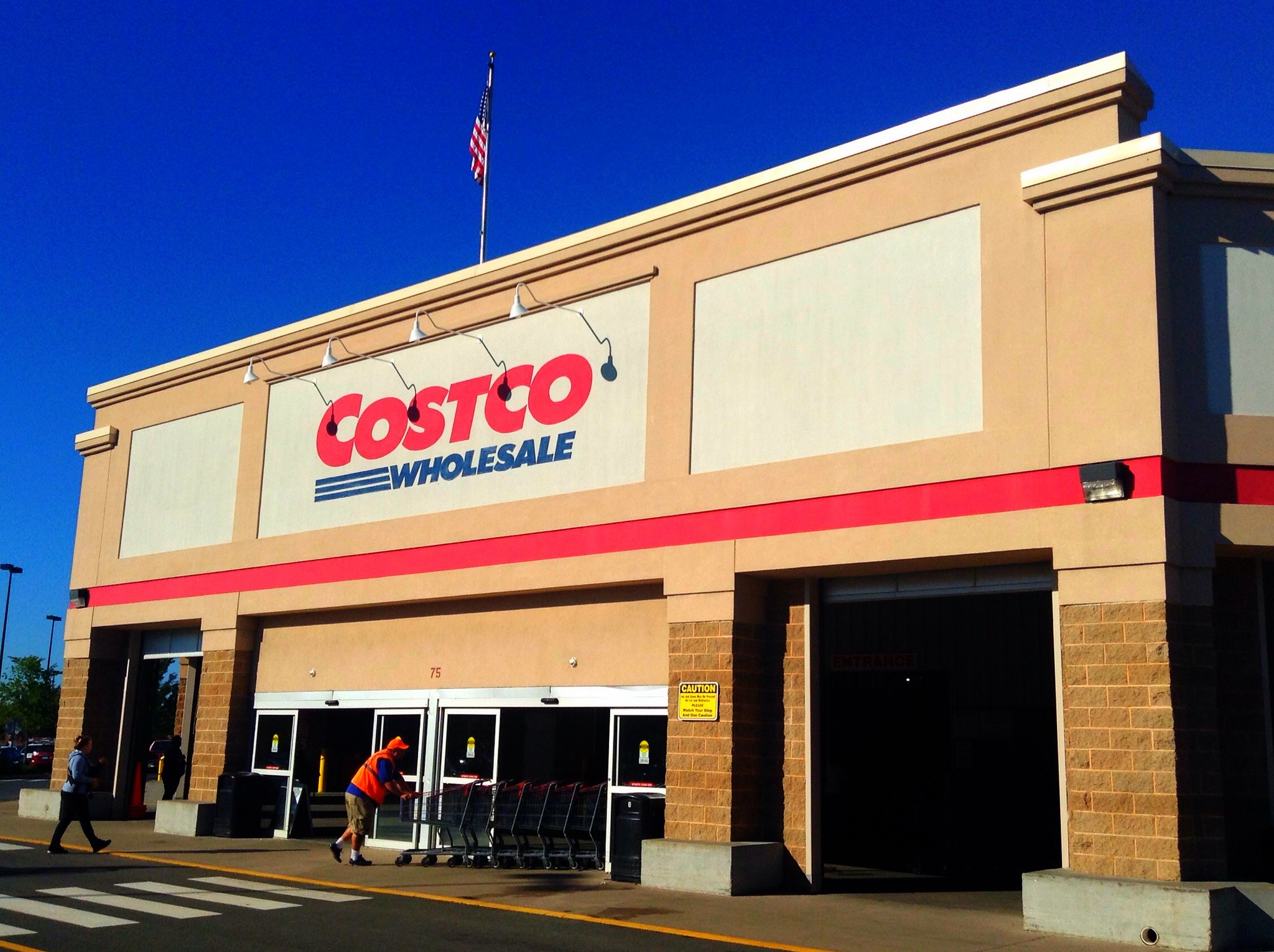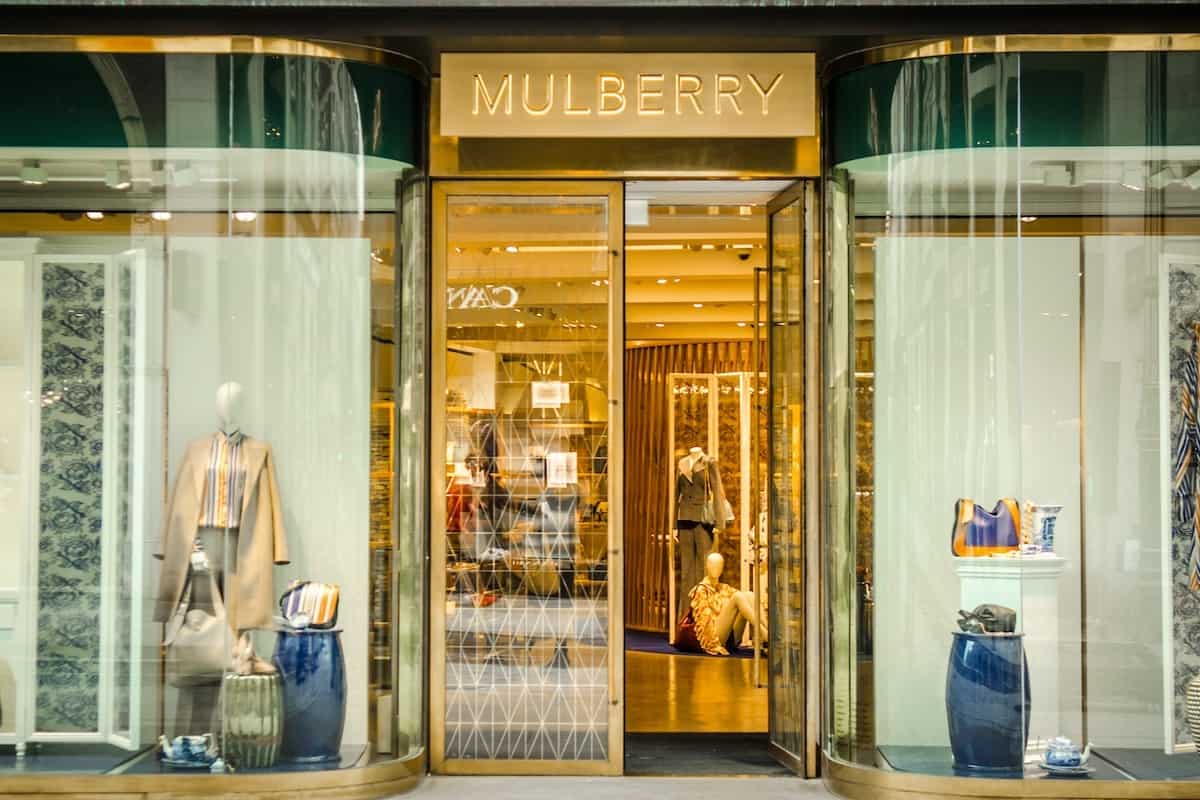Retailers are overestimating the growth of consumer spending via mobile devices by over 100%, with 75% of leading retailers expecting consumers using mobile devices to account for 40% of sales and above in two years time, while 50% expect the mobile channel to account for 50% or more of total online sales.
Consumers online, however, disagree, with just 13% predicting that 40% or more of their online spending (excluding grocery shopping) will be from smartphones (23% tablet devices) in two years time, and just 9% expecting to use smartphones for at least half of their online purchases (17% tablet devices).
So finds a comparative study commissioned by Peerius, Europe’s leading ecommerce personalisation provider.
The findings represent a reality check for retailers, who unanimously see the development of effective mobile commerce capabilities as ‘necessary to keep up’ rather than innovation. By contrast, just 7% of respondents selected ‘websites that are hard to use on a mobile phone’ as an online shopping pet hate.
Roger Doddy, Director at Peerius explains: “Given the huge growth in smartphone and tablet sales, it would be wrong to suggest the mobile channel is not important. However, it is clear from these findings that retailers do not need to rush out mobile and tablet offerings.
“The focus instead, should be on delivering sophisticated mobile commerce experiences that engage the early minority of consumers who are ready for mobile commerce. Embedding innovative capabilities like personalisation are proven to drive up mobile engagement, and those retailer getting it right are likely to garner a sustained advantage when the more reticent majority of consumers catch up with the early adopters.”
The study also found a consumer disinterest in social commerce, with respondents almost three times as likely to value the ‘social aspect’ of in-store shopping, compared with online social interactions. On average, 50% of consumers online value in-store, in person social interaction whilst shopping, but only 18% value the social aspect of shopping whilst online. In addition, though women are 56% more likely than men to consider the social aspect of as important to them when shopping, there is not as big a gender divide when it comes to online shopping and social.
“It is clear that social channels like Twitter and Facebook are a long way from replicating online the social aspects of shopping in-store,” says Doddy. “However, the small group of consumers who do value online social shopping experiences are likely to be disproportionately influential. The key for retailers is to work out how to engage that minority group, with tailored experiences and social capabilities that convert them into online evangelists for the brand. Right now, it appears that is where the commercial opportunities in social lie, and not necessarily in directly driving sales.”








